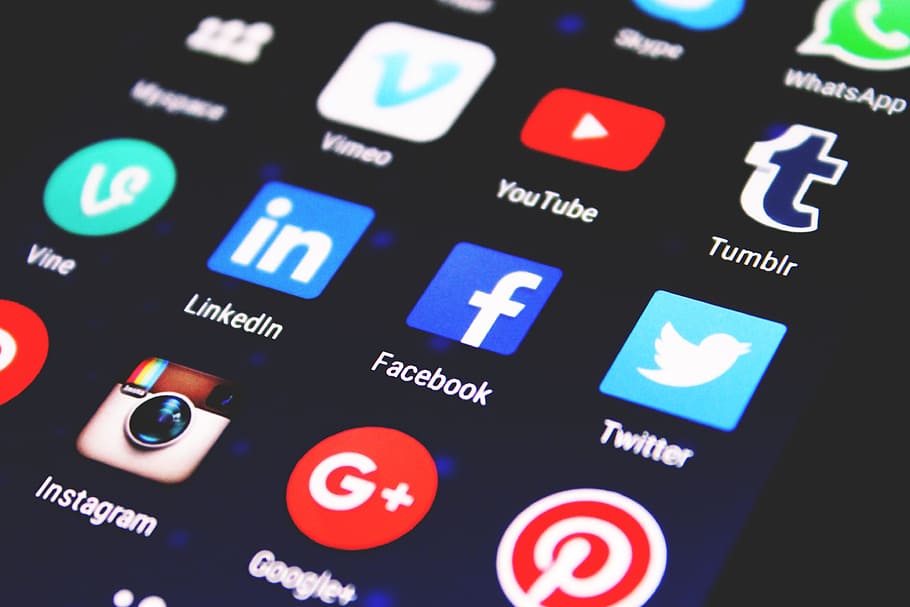
In today’s interconnected world, advertising is more than just a tool for selling products—it is an essential force that shapes cultural norms, drives economic growth, and even influences social behaviors. We encounter advertisements on an hourly basis, whether in the form of a YouTube pre-roll ad, a billboard during our commute, or a sponsored post on social media. While the primary goal of advertising remains the same—persuading people to purchase goods or services—the methods, platforms, and underlying psychology have evolved significantly. This article aims to explore the rich history, psychological underpinnings, and ethical implications of advertising, while considering its future trajectory in a digital-first world.
The Birth and Evolution of Advertising
The origins of advertising can be traced back to ancient civilizations, though it was far less sophisticated than the forms we see today. In ancient Egypt, merchants used painted signs on walls to promote their goods, and in ancient Greece, the use of town criers to announce events or sales was commonplace. But it wasn’t until the Industrial Revolution in the 19th century that advertising began to emerge as a structured, widespread industry.
With mass production came mass consumption, and the need to differentiate products in an increasingly crowded marketplace. The advent of newspapers and printed materials allowed businesses to advertise their products to a larger audience, marking the beginning of what we might consider “modern” advertising. The 20th century saw further transformations: radio, television, and eventually the internet became key mediums for advertisers to reach consumers, creating an explosion of brand visibility.
The 1950s and 1960s marked the golden age of advertising. Iconic campaigns, such as Coca-Cola’s “I’d Like to Buy the World a Coke” and Nike’s “Just Do It,” not only sold products but also created emotional connections with consumers. These campaigns were among the first to recognize that advertising is not just about selling goods—it’s about selling experiences, values, and even identities.
By the late 1990s, the rise of the internet fundamentally changed the way advertisers approached their audiences. Digital platforms like Google and Facebook provided unprecedented opportunities to target consumers with precision, while search engines offered new ways to connect buyers with exactly what they were looking for. Today, digital advertising dominates, with social media, search engine marketing, and display ads accounting for the lion’s share of global ad spend.
The Psychology Behind Advertising
While advertising has evolved technologically, it remains grounded in a deep understanding of human psychology. At its core, advertising is about persuasion. But what makes us susceptible to these messages? Why do we find ourselves buying things we didn’t know we needed or associating our personal identity with a brand?
Emotion and Connection: One of the most powerful tools in an advertiser’s arsenal is emotion. Emotional appeals are among the most effective ways to persuade consumers, as people often make decisions based on feelings rather than logic. Ads that evoke happiness, nostalgia, or even fear can motivate people to take action. For instance, Apple’s advertising has long centered around the idea of empowerment, positioning its products as tools for creativity and innovation. The “Think Different” campaign was more about inspiring individuals to embrace a lifestyle of innovation than it was about selling phones or computers.
Moreover, advertising often creates a connection between the consumer and the brand, framing the purchase as a way to belong to a particular social group or identity. Coca-Cola’s “Share a Coke” campaign is a prime example of this. By replacing its iconic logo with popular names, Coca-Cola invited people to share personal moments, making the simple act of drinking a soda feel like a meaningful social experience.
Scarcity and Urgency: Another psychological tactic often used in advertising is the concept of scarcity. Advertisers frequently present products as being limited in quantity or available for a limited time only. These tactics play into the basic human fear of missing out (FOMO), prompting consumers to act quickly. Flash sales, countdown timers, and exclusive offers all capitalize on the idea that something valuable is slipping away, driving quicker decisions and higher sales.
Social Proof and Authority: Humans are inherently social creatures, and we tend to trust others, especially when they seem similar to us or hold positions of authority. This is why celebrity endorsements and user testimonials are so effective. When a well-known figure endorses a product, consumers are more likely to trust it, assuming that the celebrity’s endorsement serves as proof of quality. Similarly, customer reviews and social media influencers create a sense of collective validation, encouraging others to follow suit. This idea of social proof is central to modern advertising, particularly in the digital space, where influencers and user-generated content have become integral to many marketing strategies.
The Digital Shift: Precision and Power
The most significant change in the advertising landscape over the past two decades has been the shift to digital platforms. The digital revolution has allowed for a level of precision in targeting that was previously unimaginable. Whereas traditional forms of advertising, such as television commercials and print ads, targeted broad demographics, digital platforms offer the ability to deliver highly tailored messages to individuals based on their behavior, location, and interests.
Google’s search engine advertising is a prime example of this precision. When a user searches for “best running shoes,” the ads that appear are specifically related to running shoes, making them highly relevant to the user’s intent. Similarly, Facebook and Instagram allow advertisers to segment their audience by age, location, interests, and even past online activity, ensuring that the ads they see are aligned with their preferences.
The power of digital advertising lies in its ability to measure and optimize in real time. Unlike traditional ads, which required long lead times and broad assumptions, digital campaigns can be adjusted and refined based on immediate feedback. Analytics tools allow advertisers to track engagement, clicks, conversions, and other key metrics, enabling them to fine-tune their strategies for maximum impact.
However, this increased targeting comes with its own set of ethical concerns. The collection of vast amounts of personal data has raised significant privacy issues, as users may not always be aware of how their information is being used. While data-driven advertising has made campaigns more effective, it has also triggered debates over transparency, consent, and the ethics of surveillance capitalism. Governments around the world are beginning to respond to these concerns, with regulations like the European Union’s General Data Protection Regulation (GDPR) aiming to give consumers more control over their personal data.
Ethical Challenges in Advertising
While advertising is an essential part of the global economy, it is not without its ethical dilemmas. At its worst, advertising manipulates consumer behavior by playing on insecurities, perpetuating unrealistic standards, and encouraging overconsumption. This is particularly prevalent in industries such as fashion, beauty, and health, where advertising often promotes unattainable body images or unrealistic lifestyles.
One of the most significant ethical issues surrounding advertising is its effect on children. The advertising industry often targets young audiences, who may not have the cognitive skills to recognize when they are being marketed to. This has raised concerns about the long-term impact of advertising on children’s health, particularly in relation to the promotion of junk food, sugary beverages, and video games.
Additionally, the rise of influencer marketing has introduced new ethical questions. While influencers can provide an authentic connection between brands and consumers, there is often a lack of transparency about sponsored content. Many influencers do not disclose their paid partnerships, potentially misleading their followers into thinking their endorsements are genuine. This raises important questions about trust, authenticity, and the need for greater regulation in the space.
The Future of Advertising: Innovation Meets Accountability
Looking to the future, the world of advertising will continue to evolve, driven by technological advances such as artificial intelligence (AI), augmented reality (AR), and virtual reality (VR). AI, in particular, has the potential to revolutionize the way ads are created, optimized, and delivered, allowing for even more personalized and predictive campaigns.
However, as advertising becomes more sophisticated, it will be increasingly important for brands to act responsibly. Consumers are becoming more discerning, seeking out brands that align with their values and ethics. In the future, companies that prioritize transparency, privacy, and social responsibility will likely have a competitive edge.
Conclusion
Advertising is far more than just a means to sell products; it is a force that shapes our desires, our values, and our worldview. It is an ever-evolving industry that has adapted to the changing landscape of technology and consumer behavior. While advertising has undoubtedly revolutionized the way businesses connect with consumers, it also faces ethical challenges that require careful consideration. As technology continues to advance, the future of advertising will depend on striking the right balance between innovation and responsibility. For advertisers, the true challenge will be not only to craft compelling messages but also to ensure that those messages align with the ethical standards of an increasingly conscious consumer base.





